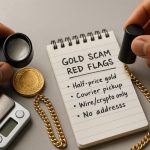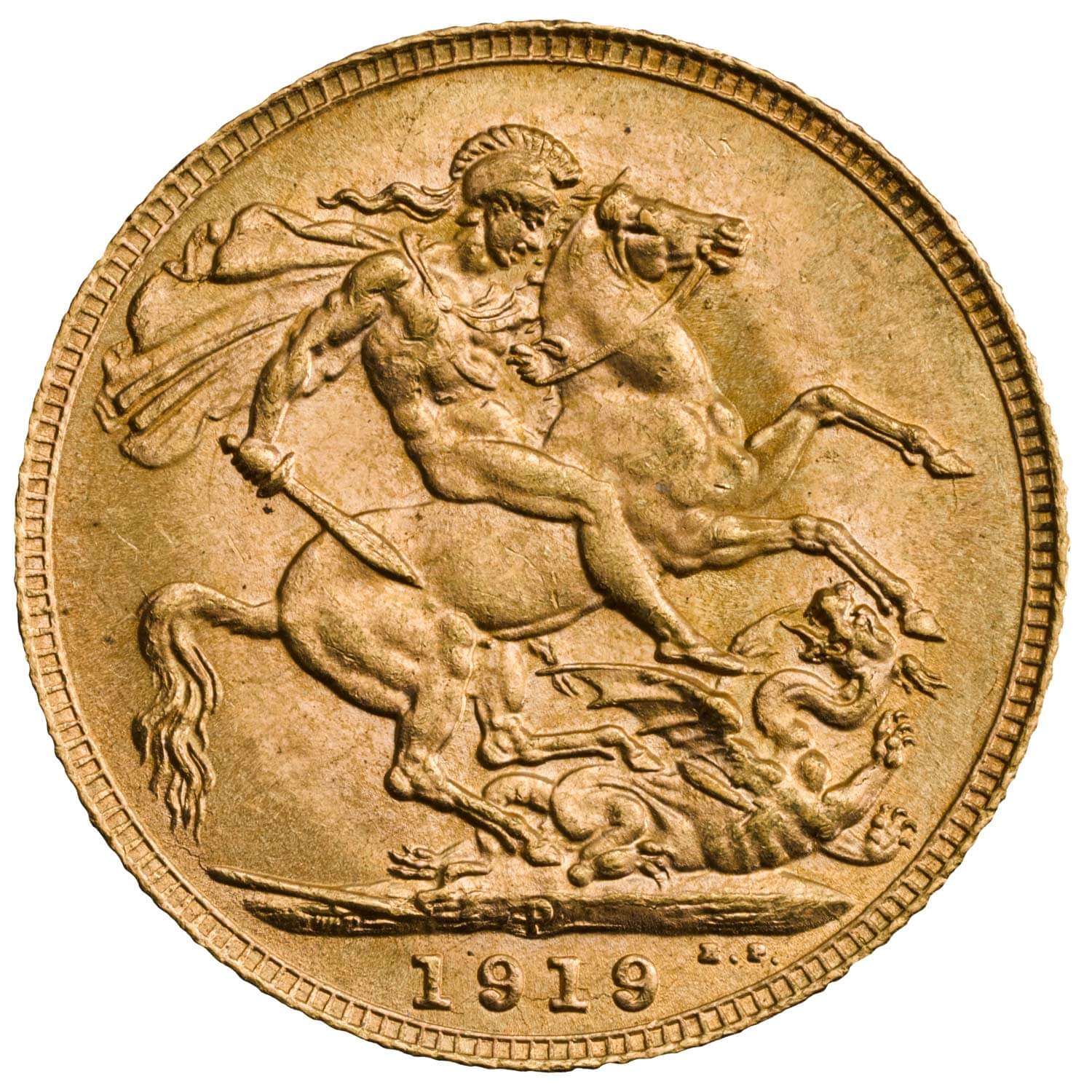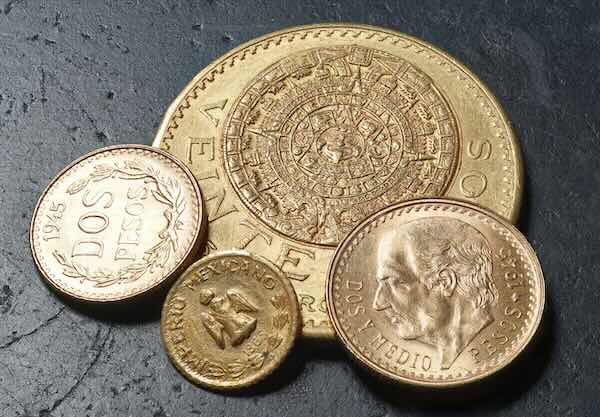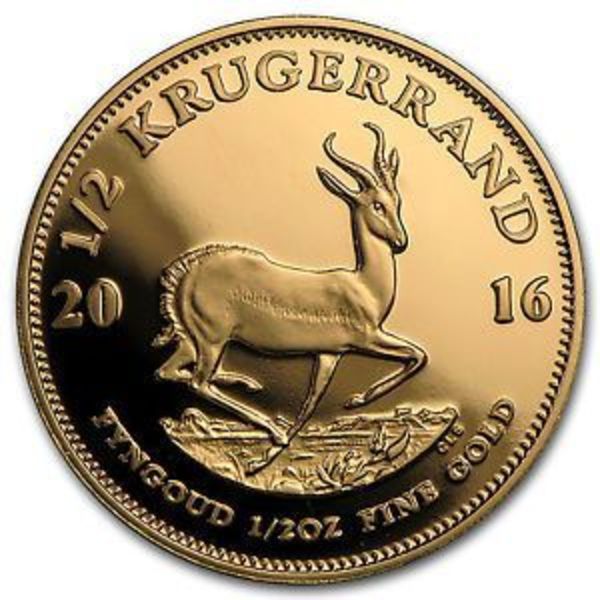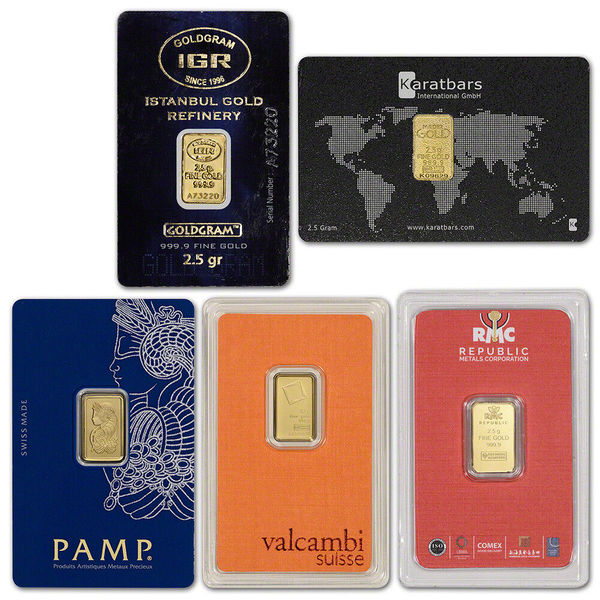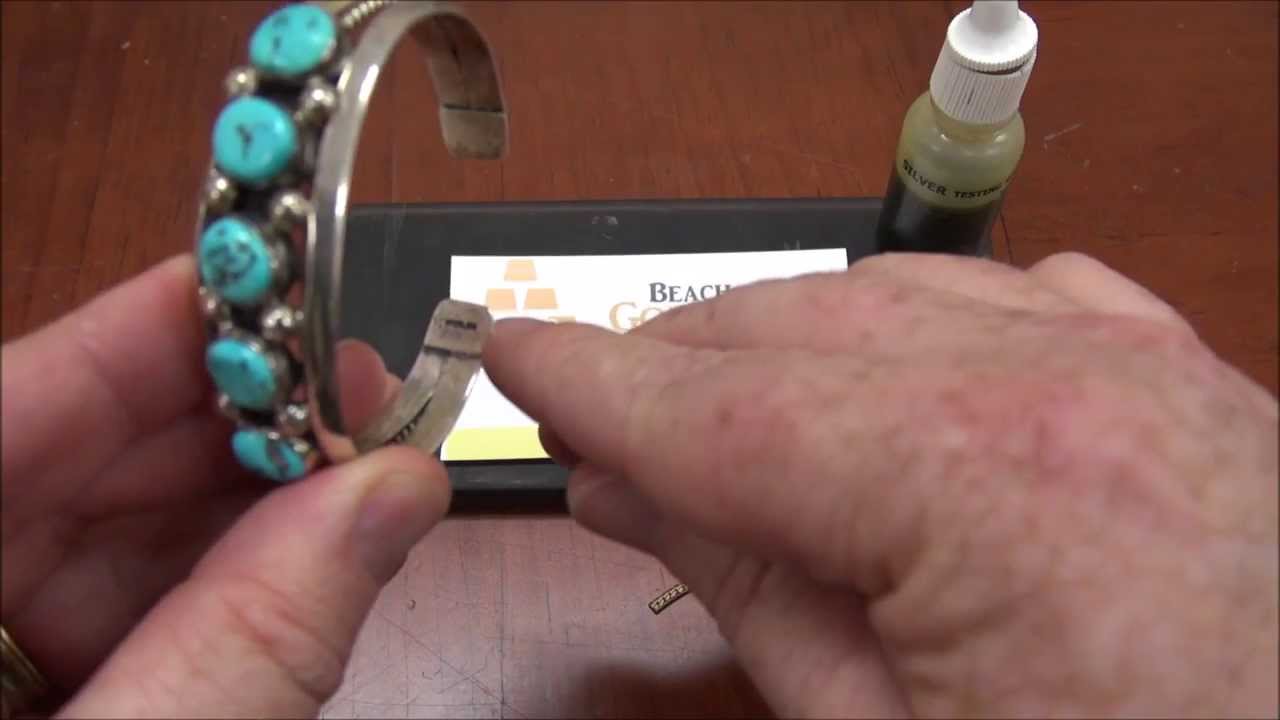Gold has been a symbol of wealth and prosperity for centuries. With its value and popularity, it’s no surprise that counterfeit gold items have become a common issue.
To protect yourself from purchasing fake gold, it’s essential to learn how to test gold’s authenticity at home.
If you’re having doubts about a bullion coin or bar that you have in your collection, take a look at FakeBullion.com where you can compare your piece to known counterfeits.
Methods for Testing Gold at Home
1. Magnet Test
The simplest way to test gold is by using a magnet. Pure gold is not magnetic, so if your gold item attracts the magnet, it’s likely not pure gold. Be wary with online purchases as there are many plated and counterfeit items that are frequently seen for sale through Facebook Ads which link to misspelled domain names, or have prices well below melt value. It’s also import to due your own due diligence with Facebook groups, Instagram, Reddit and other social selling and trading platforms. Some look genuine right down to the packaging and hallmarks.
2. Specific Gravity Test
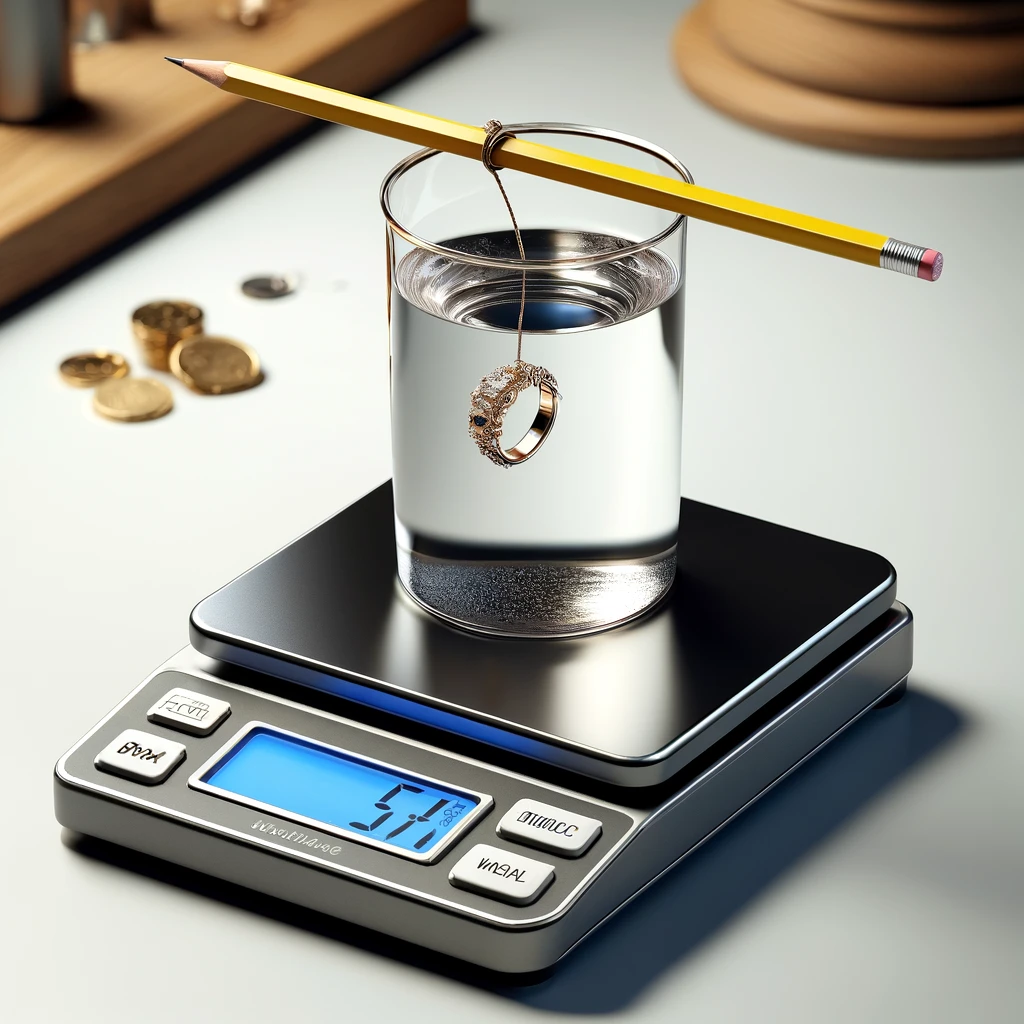
Gold has a high density, approximately 19.3 grams per cubic centimeter (g/cm³). To perform a density test, you’ll need a scale and a measuring container filled with water. Weigh the gold item and then submerge it in water to measure the water displacement. Calculate the density using the formula: Density = (mass / volume).
To test gold using the specific gravity method, follow these detailed steps:
- Weigh the Gold in Air: Begin by using a precision scale to measure the weight of the gold item in grams. Record this weight as the dry weight (DW).
- Prepare the Water Container: Fill a water container with enough room temperature water to submerge the gold item completely without touching the sides or bottom.
- Weigh the Water Container: Place the water container on the scale and press “tare” to make the scale zero. This will account for the weight of the container itself.
- Weigh the Gold in Water: Lower the gold item into the water container using a string suspended from a pen or pencil. Record the weight of the water container with the gold item submerged. Be sure to record the weight without the pen or pencil resting on the glass. This is the wet weight (WW).
- Calculate Specific Gravity: Subtract the wet weight (WW) from the dry weight (DW) to find the difference (DW – WW). Then, divide the dry weight (DW) by the difference (DW – WW) to calculate the specific gravity (SG) of the gold item.
- Compare with Known Specific Gravity: Compare the calculated specific gravity with the known specific gravity of pure gold, which is 19.3. If the calculated specific gravity is close to 19.3, the gold item is likely to be pure. Lower specific gravity numbers may indicate various karats.
Based on the specific gravity, you can determine the approximate purity or karat of the gold item.
| Specific Gravity Range | Purity |
|---|---|
| 19.13-19.51 | 24 Karats |
| 17.45-18.24 | 22 Karats |
| 16.03-17.11 | 20 Karats |
| 14.84-16.12 | 18 Karats |
| 12.91-14.44 | 14 Karats |
| Less than 12.91 | Less than 14 Karats |
Keep in mind that this method provides a non-destructive way to test the purity of gold, but it may not be as accurate as more advanced techniques used by professionals.
3. Visual Inspection
Look for hallmarks or stamps on the gold item, which usually indicate the karat or purity of the gold.
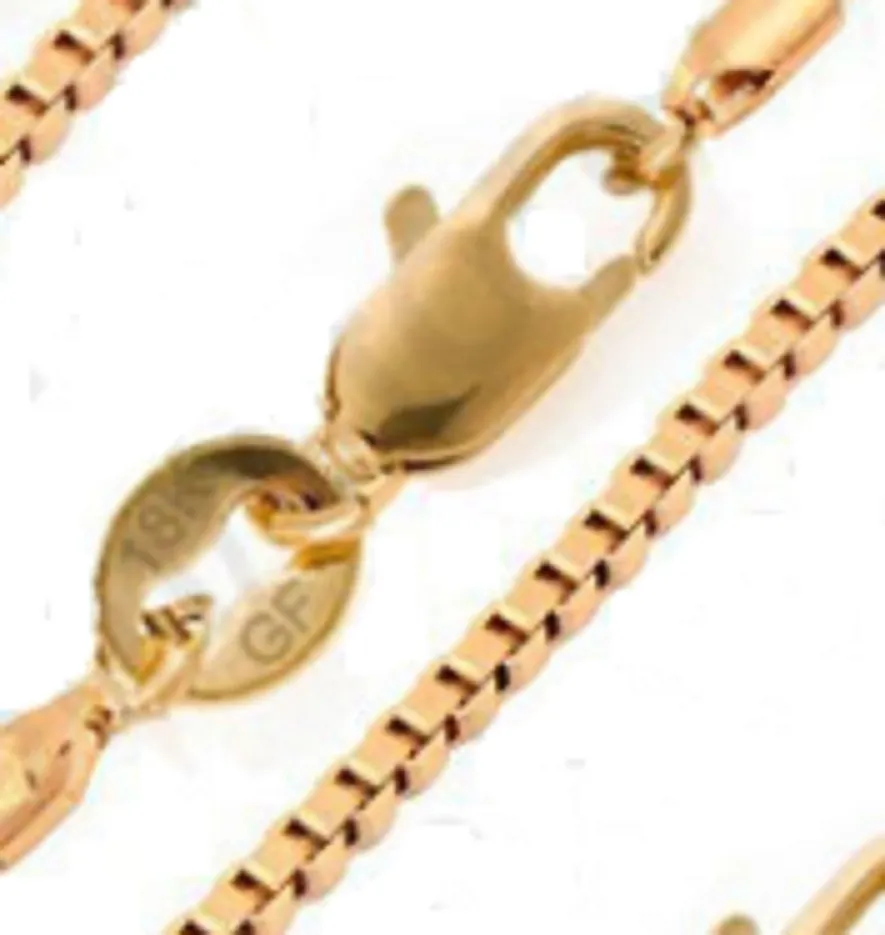
Common stamps include 10K, 14K, 18K, and 24K. However, other marking may indicate that the piece is gold filled, rolled gold or electro-plated.
Pieces that include “GF” or “RFG” next to or near the karat marking contain only a tiny fraction of the amount of gold. These pieces are variations of plating that use a thin layer of gold on top of a base metal. Some pieces may also include a fraction that indicates what percentage of the piece is actual gold.
The marking on gold-plated items may include ‘GP,’ ‘GE,’ or ‘HGE.’ These electro-plated itemswould be contain only a thin layer of gold over base metal.
4. Acid Scratch Test
The acid scratch test is one of the most reliable methods for testing gold’s authenticity at home. This test involves scratching the gold item with a testing stone and applying different acid strengths to determine the gold’s purity.
Where to Purchase a Gold Testing Kit
You can purchase a gold testing kit online or at a jewelry supply store. A reliable kit should include various acid solutions for testing different karat levels (e.g., 10K, 14K, 18K, and 22K) and a test stone, usually a piece of black slate.
Amazon has a variety of testing kits that include acid solutions and a test stone for around $30. You can find one with a testing kit with wooden storage box for around $45.
How to Use a Gold Testing Kit for the Acid Scratch Test
- Clean the gold item and the test stone with a soft cloth to remove any dirt or oils.
- Choose the appropriate acid solution based on the karat you want to test. For example, use the 14K acid for a piece you suspect is 14-karat gold.
- Place a small drop of the acid solution onto the test stone.
- Use a gold testing needle or a small, sharp instrument to scratch the gold item gently. Collect a small amount of gold on the testing stone.
- Apply the gold streak from the item onto the drop of acid on the test stone.
- Observe the reaction. If the gold streak dissolves or reacts with the acid, the gold is less than the karat of the acid applied. If the streak remains unchanged, the gold is at least the same karat as the acid used.
- Clean the test stone and repeat the process with different acid strengths to determine the gold’s purity accurately.
Other Ways to Test Gold
These tests can help you avoid purchasing fake or low-quality gold items or for testing gold for authenticity at home. Although counterfeits are getting better, using a combination of visual inspection, specific gravity test and acid scratch test, you can determine the gold’s authenticity with a high degree of confidence.
For the most accurate results, it is recommended to consult a local coin shop, pawn shop or professional jeweler who will likely have a Sigma PMV that can be used by professionals for verifying gold purity.
